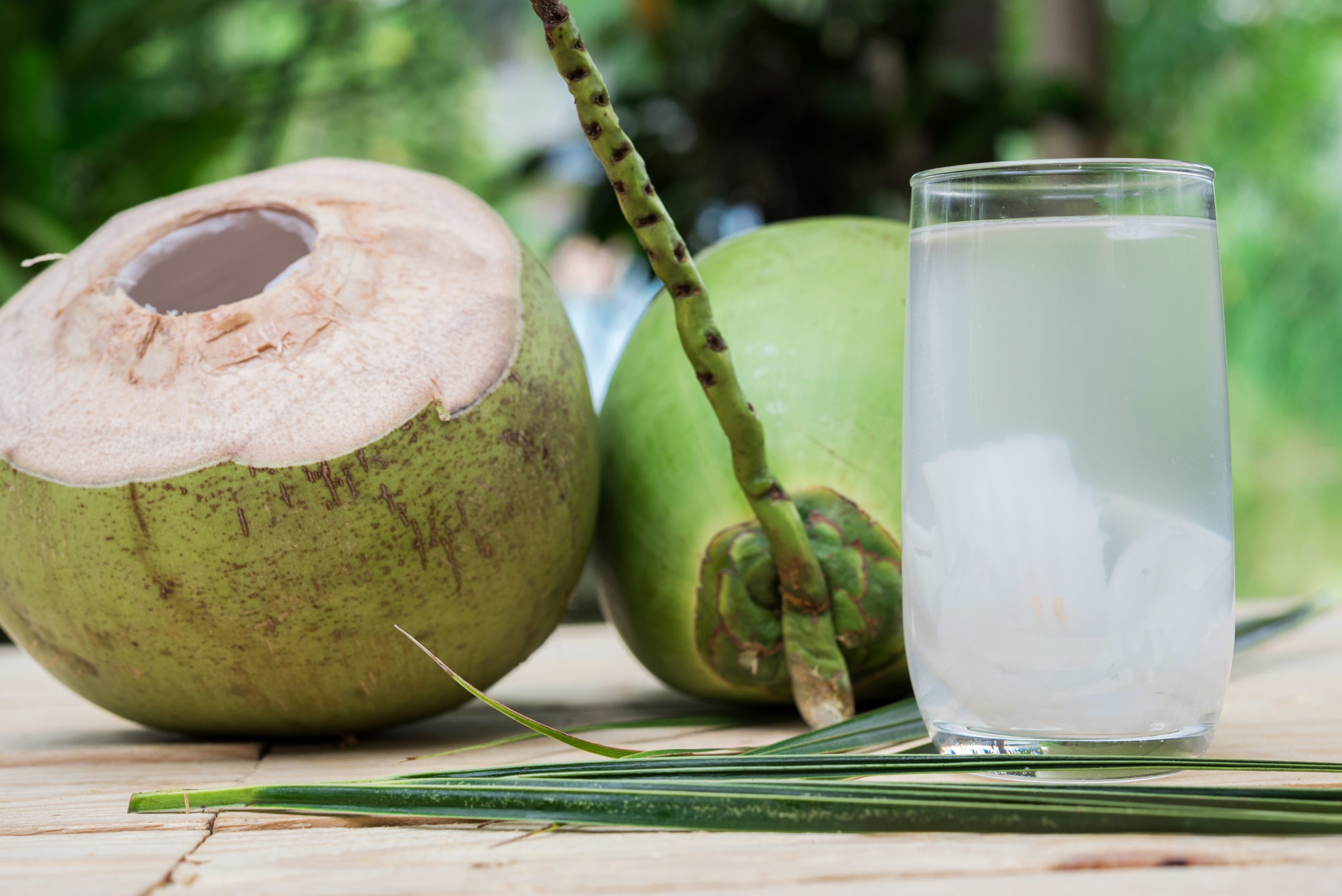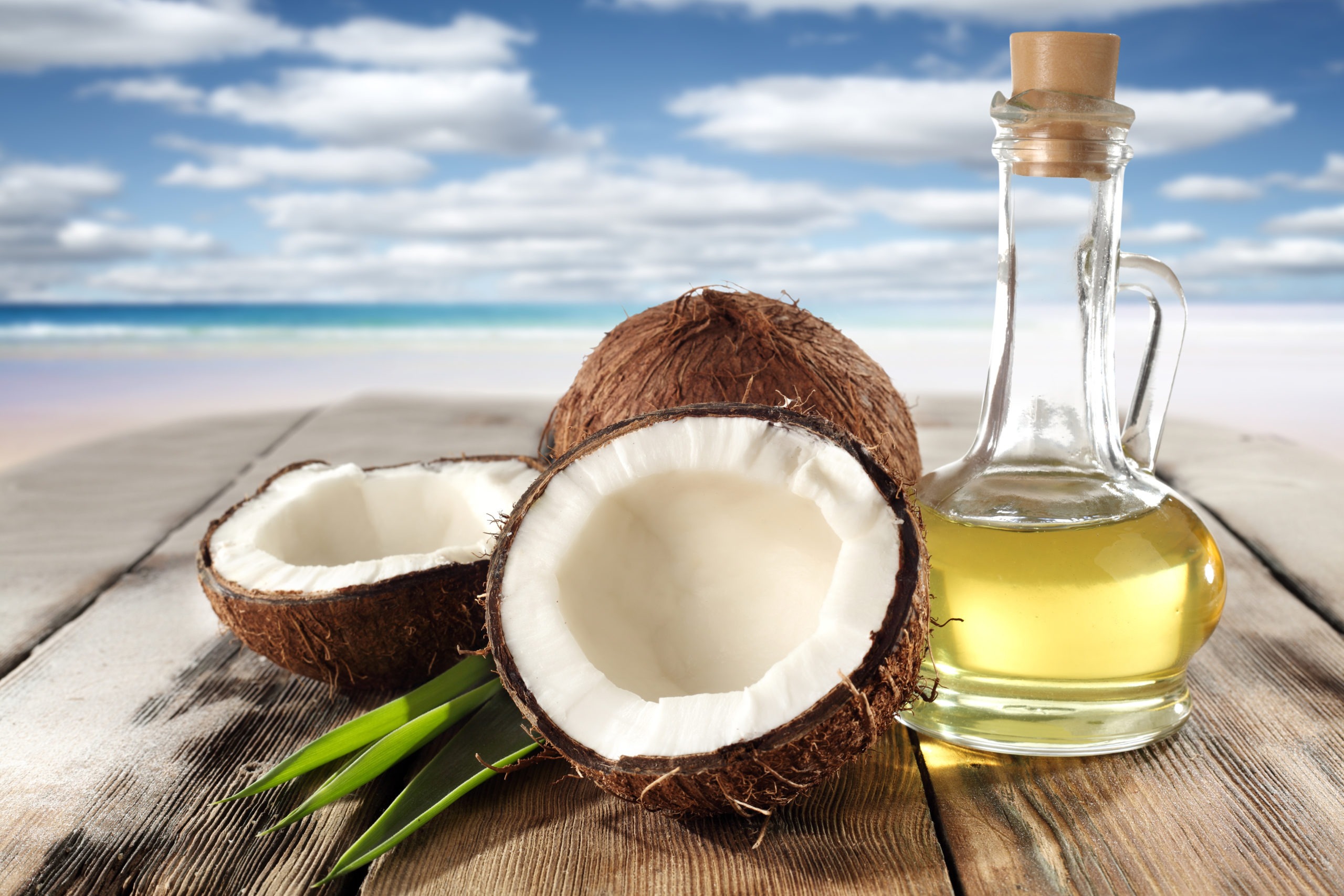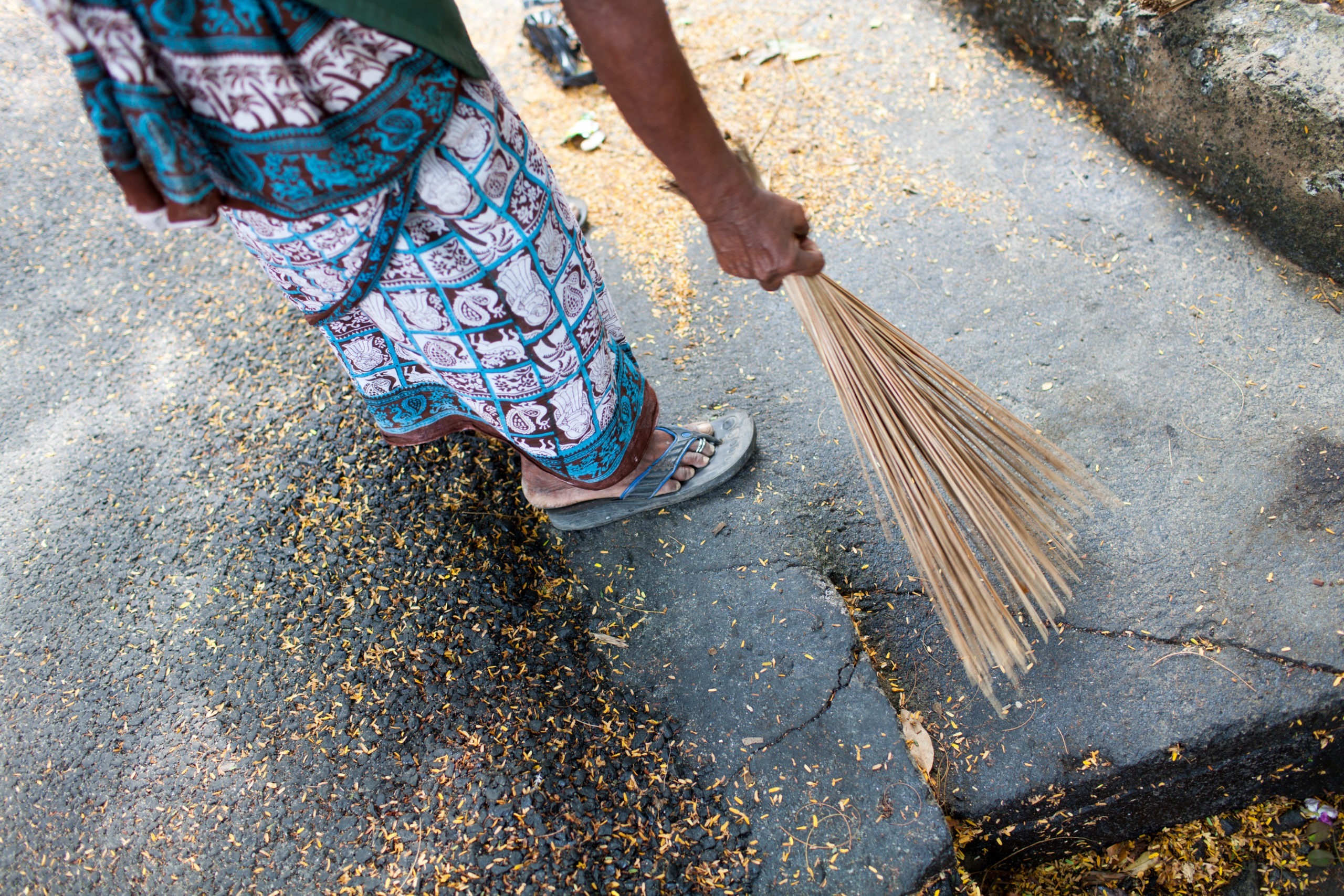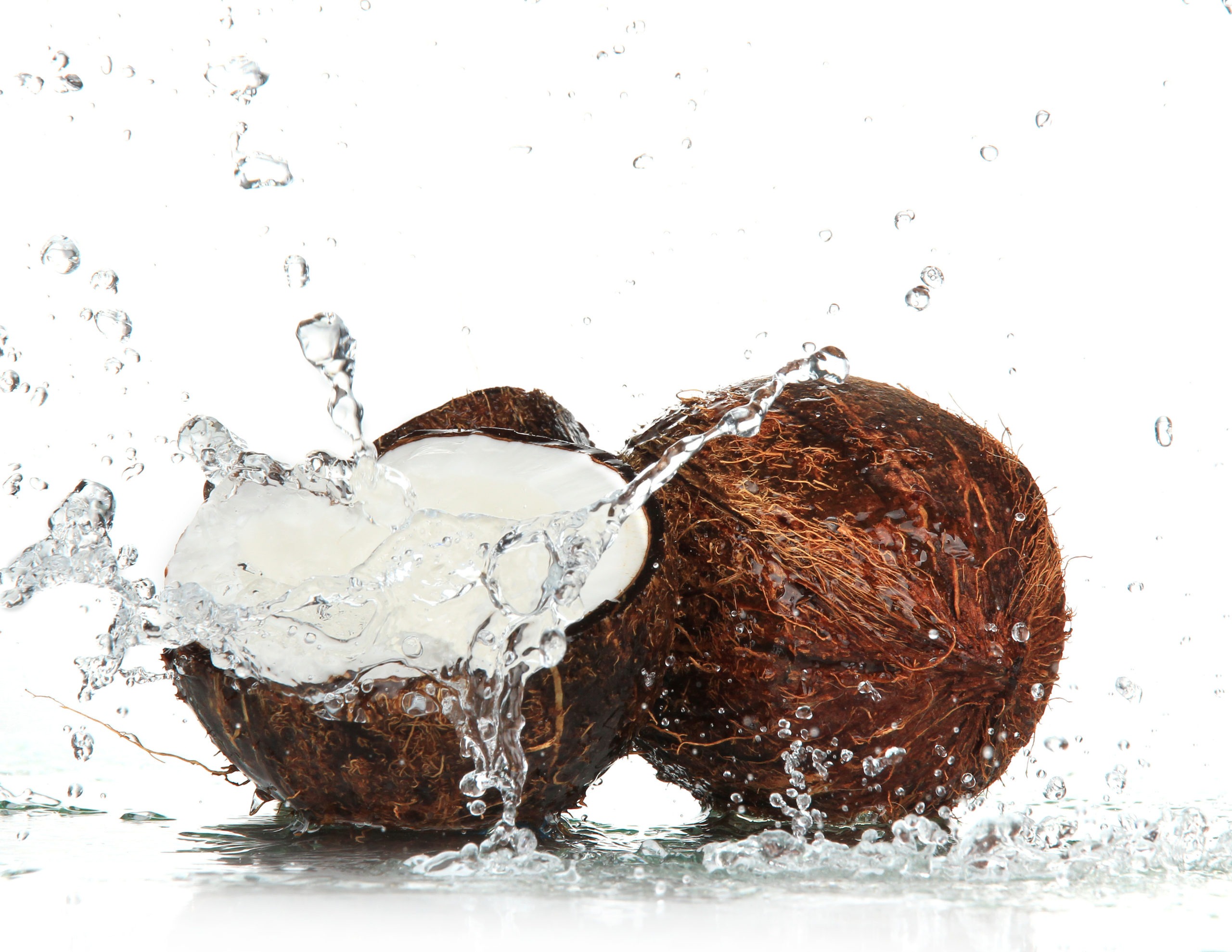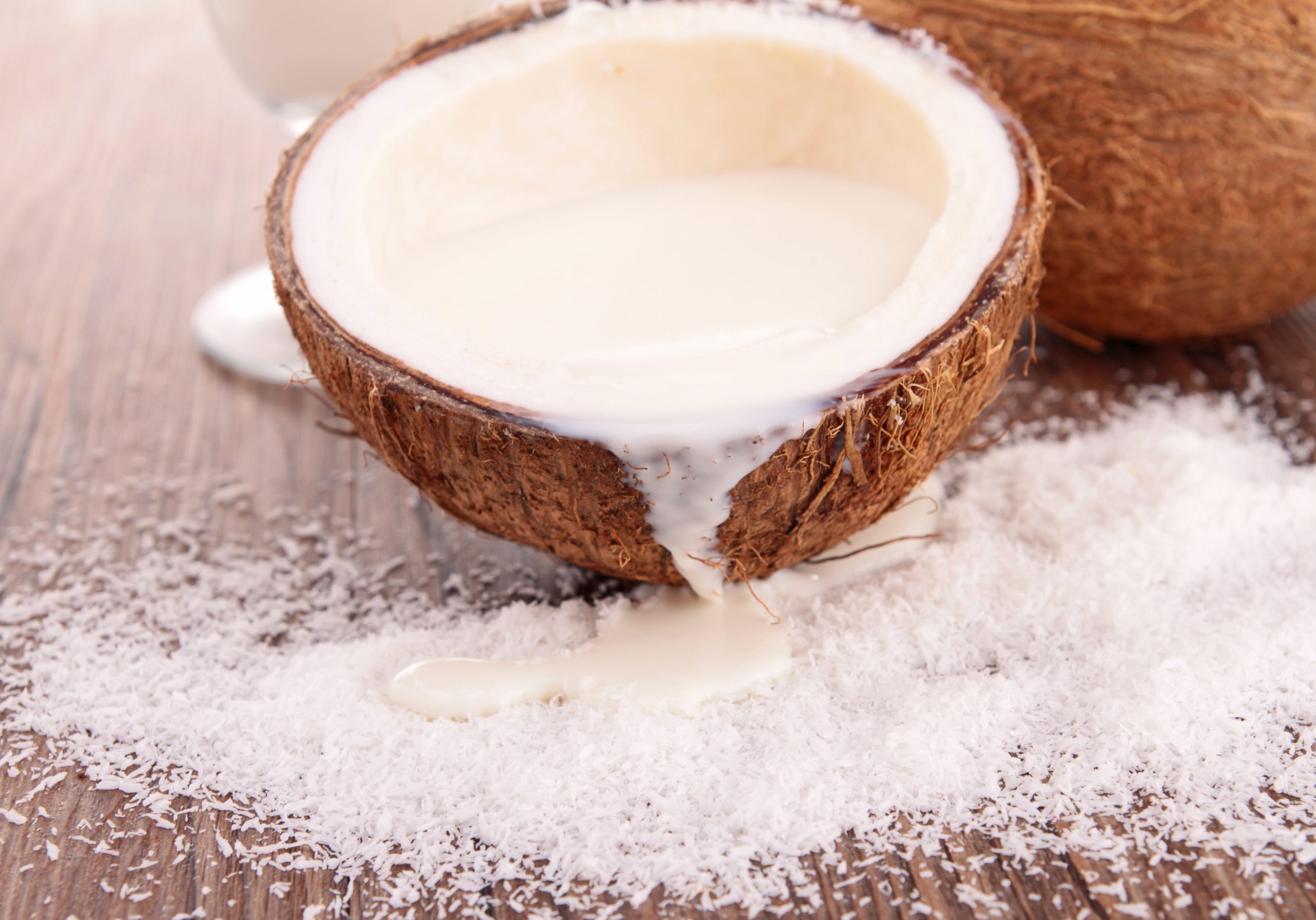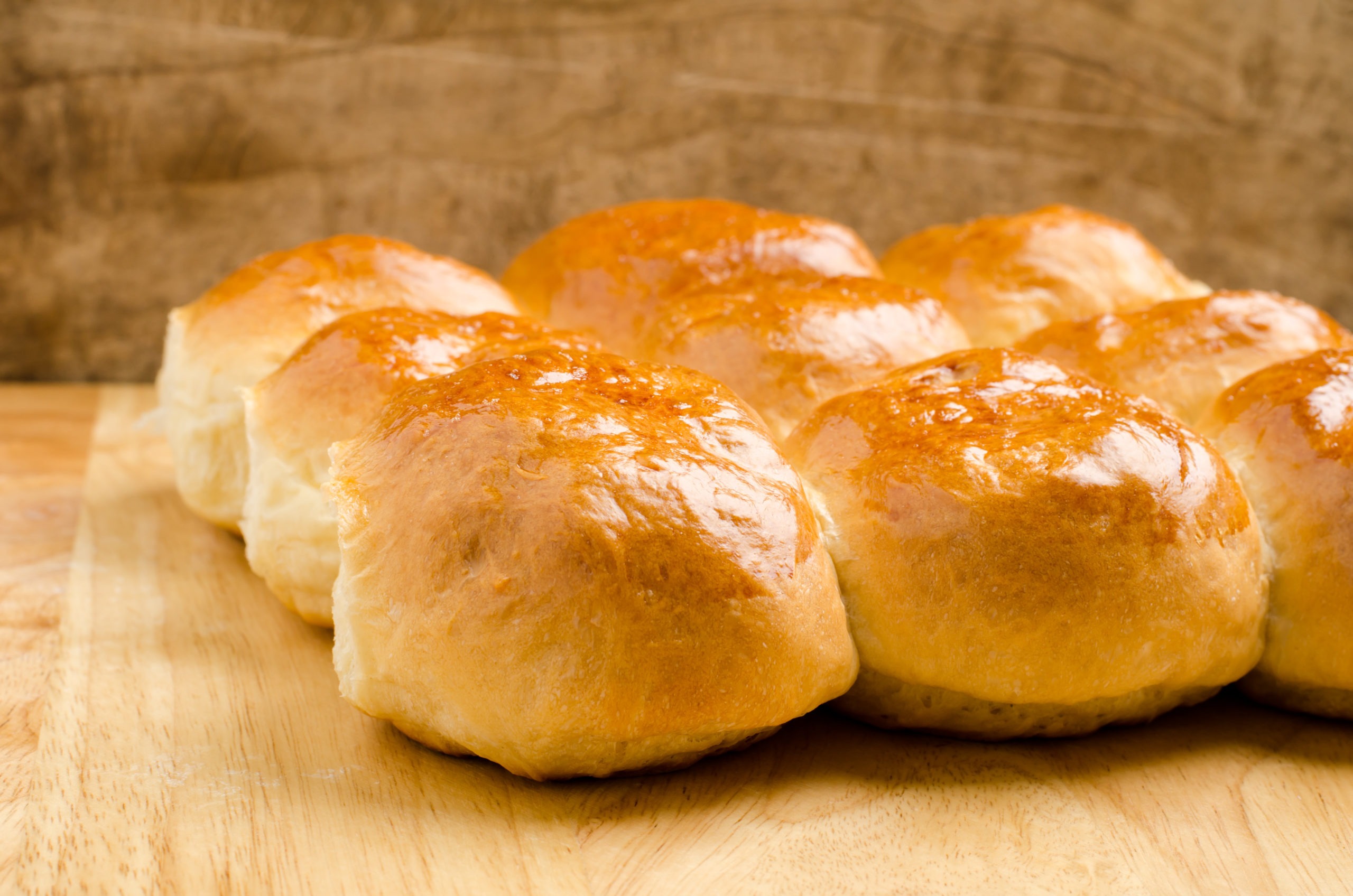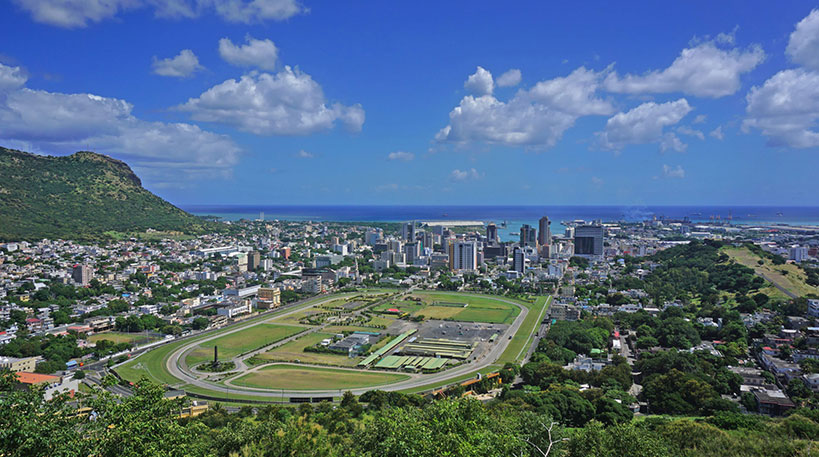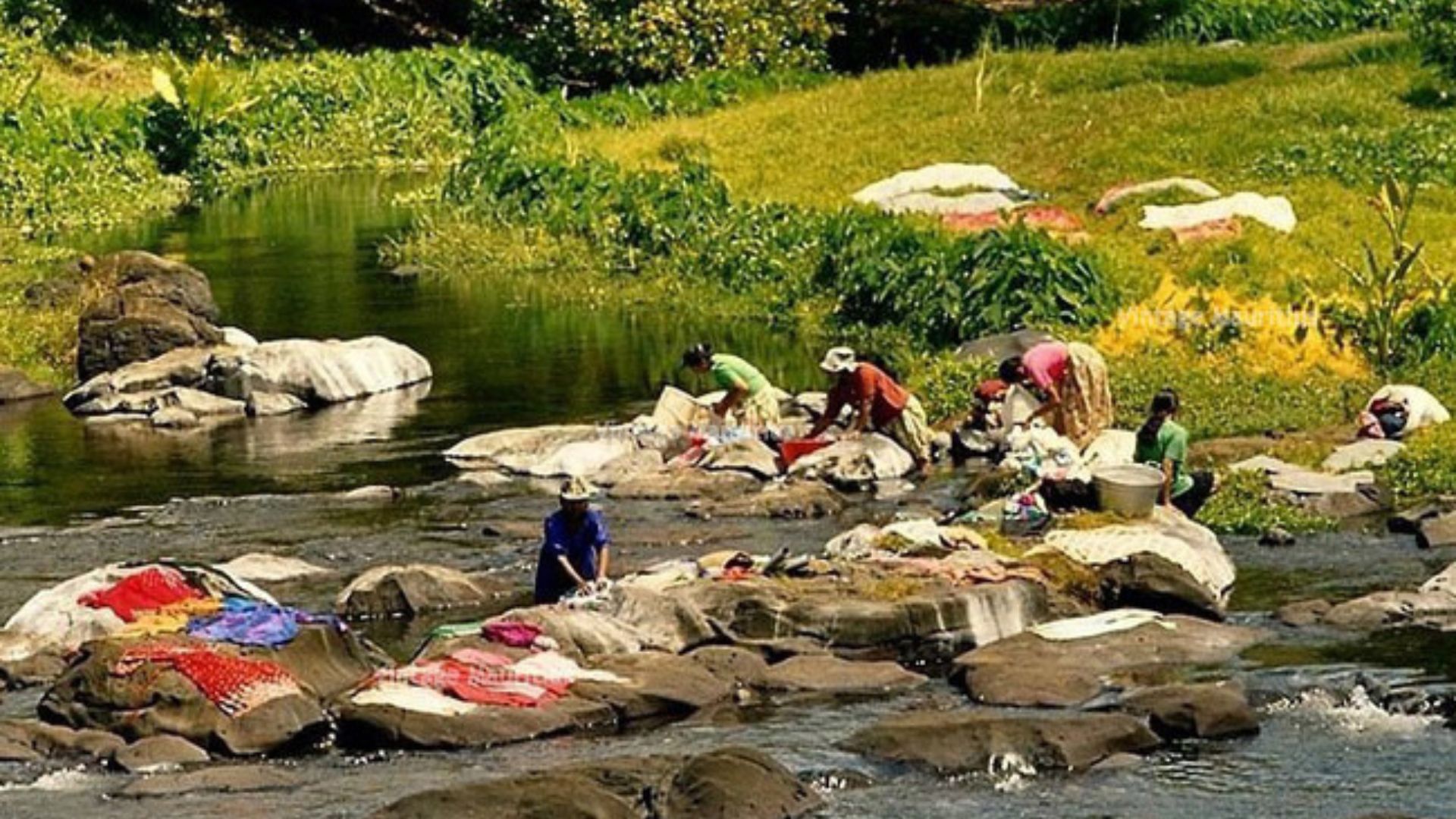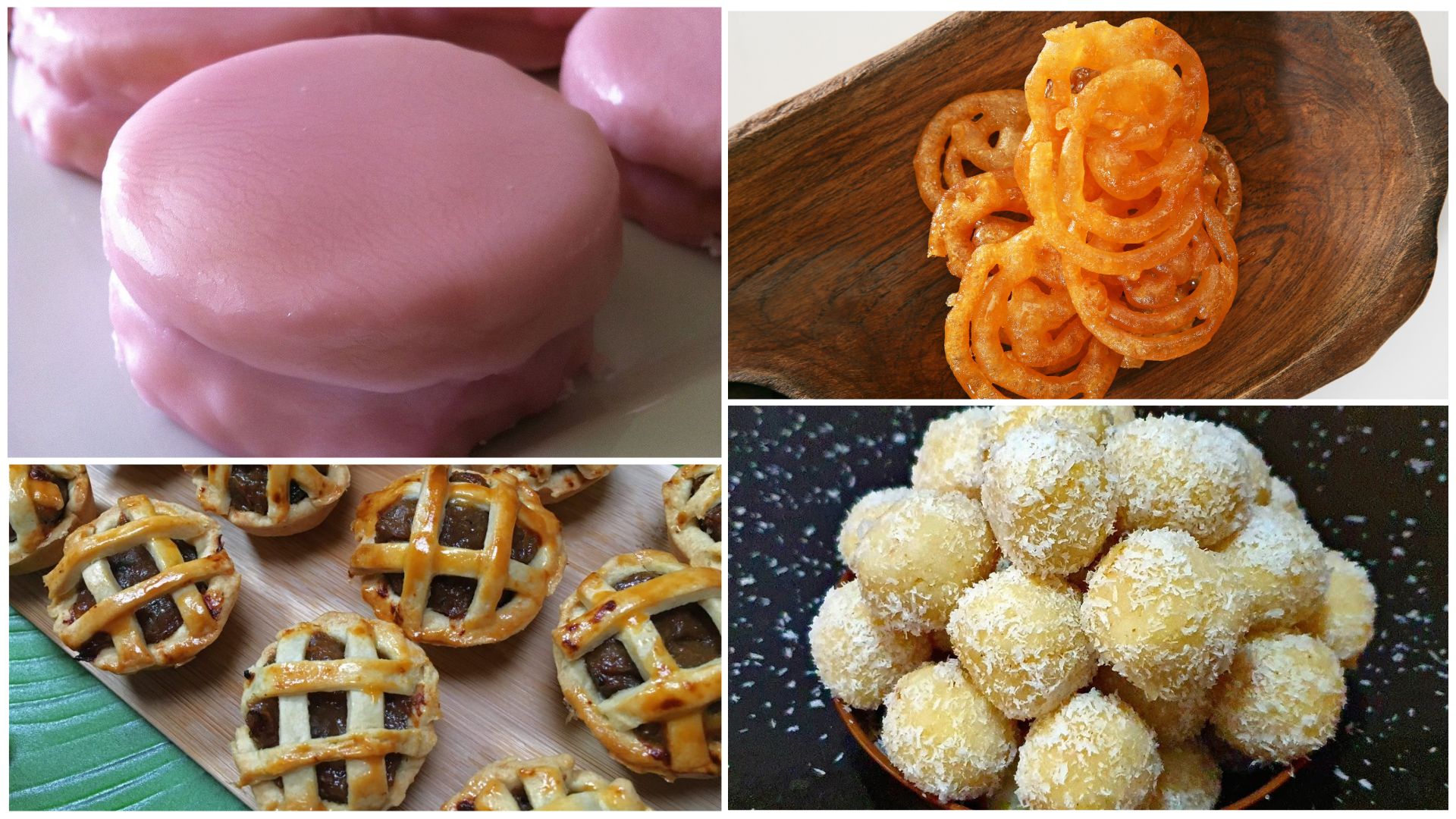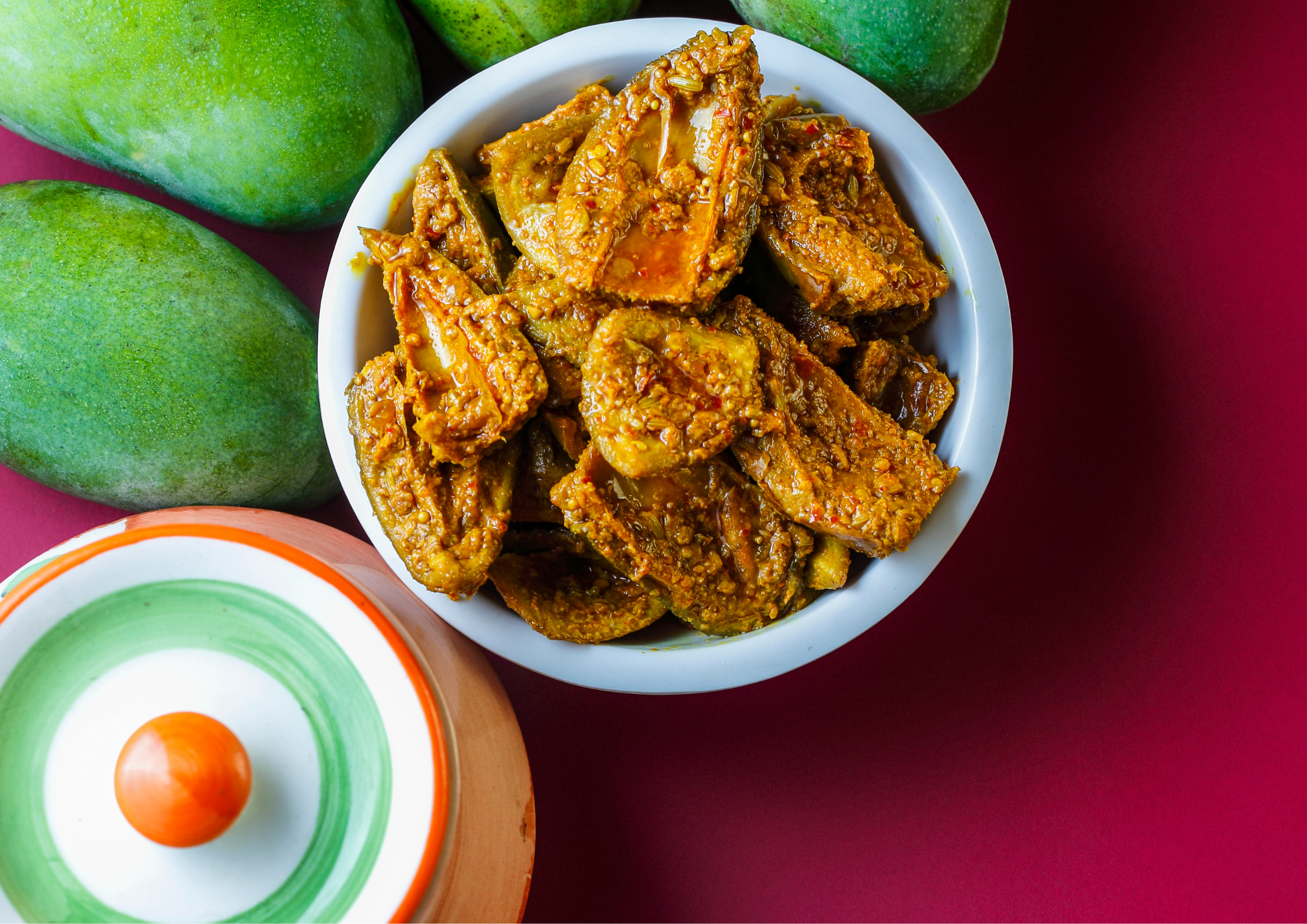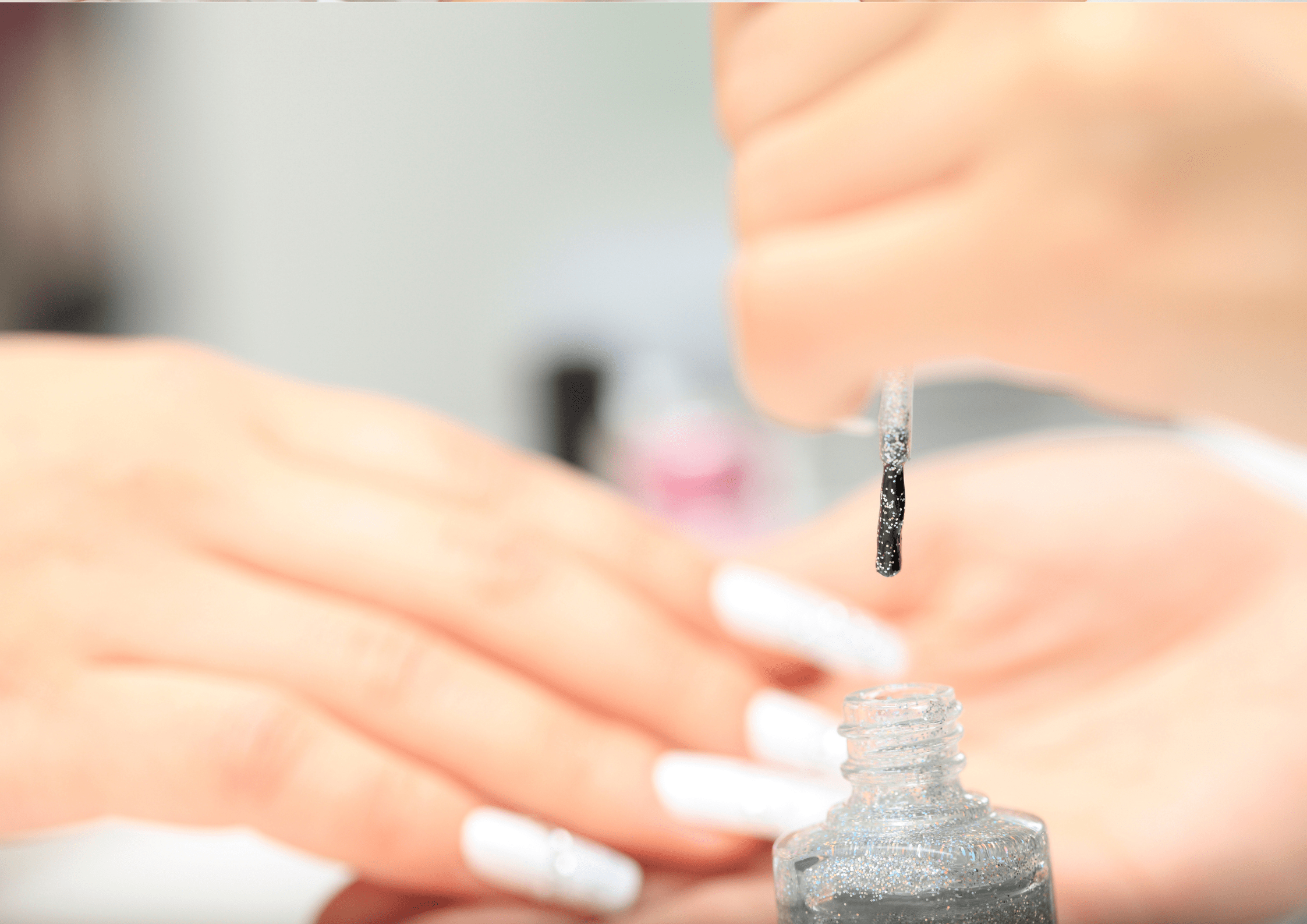Coconut…once I hold you, I can’t get enough!
Lying back on a deckchair, facing the turquoise lagoon of crystal water down in the South West of Mauritius, with an outstretched arm, I liberally applied refined coconut oil on my skin to prolong this special tan, a glow proudly shared by most citizens of the different ethnic groups of this island that I adore.
Shaded patterns, at the mercy of the gentle trade winds, were dancing around me. Looking up, there stood a majestic coconut tree. Some of its pinnate leaves were slightly shredded by the yellow weavers, letting out soft sun rays. My imagination started to wander. If one takes time to reflect about coconut palms, one inevitably is led to think about coconut, coconut oil, coconut fiber, aren’t they?
This palm tree from the Arecaceae family, is also known as the tree of a ‘hundred purposes’. It grows inexorably until it withers and dies and offers us such generosity, that we should cherish it more and be indebted to ‘Nou Mamalater’, Mother Nature. In fact, what are the different yields and by-products of a Coconut tree (‘Pyé-Coco’)?
I like its wood, with its fine grain and very decorative marble look. The first time I saw a piece of furniture made of coconut wood, I could not resist the urge and temptation to stroke it with my fingers. It was so lustrous and beautiful. It dominated the room and immediately caught one’s eye. Here in Mauritius these pieces of furniture are considered as antique, coconut trees being cut down, most of the time, only if they represent a real danger due their height.
The coconut palm leaf is plaited, immersed in salted seawater to preserve it, then left to dry in the sun. Long ago, it was used as material for walls and rooves of houses. Nowadays in Mauritius, huts can still be seen, serving as temporary shelters against the sun, for the numerous planters of onions and eggplants while in their fields on the eastern coast.
Various objects such as hats and bags can also be braided from the palm leaf or it simply is used for festive decoration. Its central stem is cut apart and made to dry, to make brooms, locally called ‘Baliés Coco’. This practical and long-lasting tool is often seen in our backyards.
The fiber at the top of the coconut tree is another vital part utilized to make costumes or craft products. At their immature stage, the coconuts contain a sweet liquid, coconut water (dilo coco), which has many nutritional benefits and medicinal properties and which I am particularly fond of. The fruit is transversely cut and fully lacquered to serve as an ashtray, ice cube tray or small decorative storage accessory.
The Coconut tree is no doubt a one hundred percent ecological palm…
Here is an incredible fact : there are approximately 3,600 roots on a 60 to 70 year old tree, growing outwardly from the plant near the surface of the earth. Only a few roots penetrate deep into the soil for stability. During severe weather, the coconut palm resists and sometimes takes strange curves, inviting our locals and guests for a ‘unique selfie’. And that is the beauty of the coconut tree…
I got up from my sunbed, filled with positive energy after this exceptional trip to the coconut world, and walked slowly to the planned tea party where I knew, ‘Macatias coco’, mini buns stuffed with grated coconut, would be served with nice coconut scented cups of tea. A mouth-watering, precious memory!
‘Mamalater’- Mother Nature, what can I tell you? My heartfelt thanks for this incredible gift. Coco…once I hold you, I can’t get enough of you …!
Natur Lza

Coconut salad with Mascarpone cheese and pan-fried Scallops, pearls of lemon and crispy garlic bread
Ingredients:
- 60 grams of coconut heart cut into cubes
- 3 soup spoons of mascarpone cheese
- 2 coffee spoons of olive oil
- 2 coffee spoons of lemon
- 1 coffee spoon of grated orange zest
- Salt and pepper as per your taste
- 2 pieces of scallops
- Pearls of lemon (seeds )
- Crispy garlic bread
Preparation:
- Pan fried the scallops at high heat
- Mix the coconut heart, mascarpone, salt, pepper, olive oil, lemon and grated orange.
- Put the mixture of coconut heart in the forming ring on a plate (to get a nice shape on the plate)
- Remove the forming ring and add some pearls of lemon and a crispy garlic bread.
Bon Appetit!
Million thanks to Chef Fabio de Poli – La Table du Château – Domaine de Labourdonnais in Mauritius


